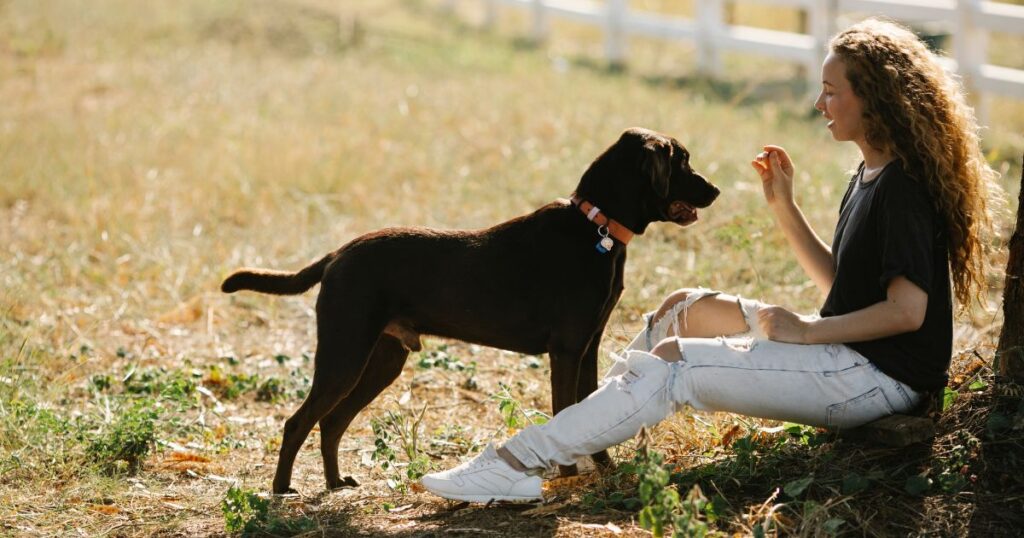
Is it important for your dog to learn how to take treats gently? Teaching your furry friend this skill is crucial for a harmonious relationship between you and your pet. Many dogs have a tendency to nip or grab treats when they’re too excited or lack control over their biting force. However, with the right training methods, you can correct this behavior, ensuring a safer and more pleasant treat-giving experience. One effective approach involves using a clicker and teaching your dog a verbal cue like “gentle.” By consistently rewarding good behavior and reinforcing the command, your dog will gradually learn to take treats in a more delicate manner. This not only strengthens the bond between you and your canine companion but also helps them understand the importance of controlling their impulses and bite inhibition. Training your dog to take treats gently may require some patience and consistency, but the benefits make it all worthwhile. These techniques not only enhance your relationship with your dog but also reduce the risk of accidents or injuries that can occur when your dog is too enthusiastic about treat time. So, does it matter if your dog snatches treats? Absolutely – teaching them to be gentle can make a world of difference for both of you.
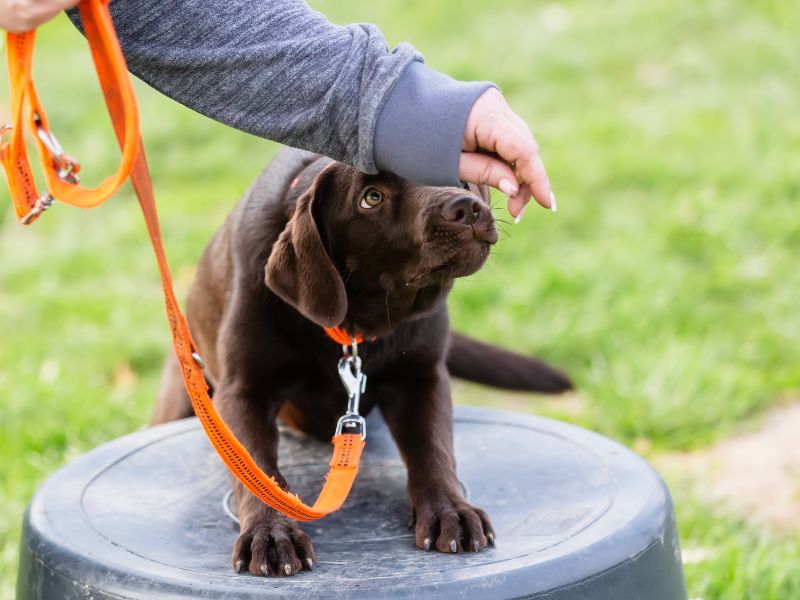
Teaching your dog how to take treats gently is important for both your comfort and their safety. This behavior not only prevents accidental harm to your hands but also creates a positive atmosphere for training and bonding with your furry friend. To start, choose a quiet, relaxed setting for training when your dog is calm and not too hungry or excited. When offering a treat, hold it between your thumb and index finger, keeping your fingers tucked in to avoid any accidental nips. Use soft, calm verbal cues like “gentle” or “easy” as you present the treat. If your dog takes the treat gently, offer praise with positive reinforcement such as “good job” or “well done.” If your dog continues to snatch the treat roughly or uses their teeth, immediately retract your hand and withhold the treat. Wait a few moments before trying again, repeating the verbal cue and only giving the treat when your dog takes it gently. Consistency and patience are key during this training process. Another effective technique is to present the treat on an open palm, making it challenging for your dog to grab aggressively. This can encourage them to lick or nuzzle the treat instead of biting it. Remember to stay patient as your dog learns to take treats gently. With consistent verbal cues and positive reinforcement, you’ll soon have a well-mannered pup who knows how to enjoy their treats with care. It’s definitely possible to teach a dog to stop snatching treats, as long as you remain patient and consistent in your training efforts. With time and practice, your dog can learn to take treats gently and build a stronger bond with you.
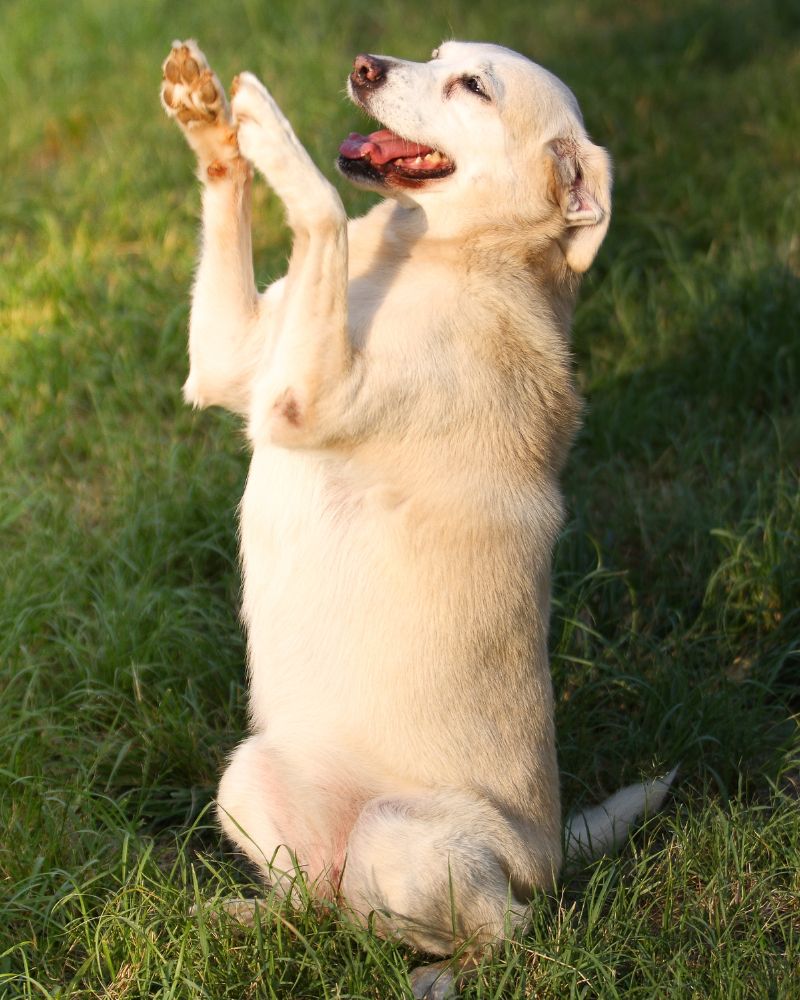
After practicing the closed fist and partially open finger method, you can try feeding your dog directly from your hand. Hold the treat between your thumb and fingers, but this time fully extend your fingers to offer the treat. Use your verbal cue “gentle” as a reminder for your dog to take it softly. If they approach without snatching or biting, reward them with the treat. By consistently practicing these steps and using positive reinforcement, your dog will gradually learn to take treats gently. Remember to be patient and praise your furry friend as they improve their treat-taking manners. With time and practice, you’ll have a well-mannered dog who knows how to take treats without being too rough.
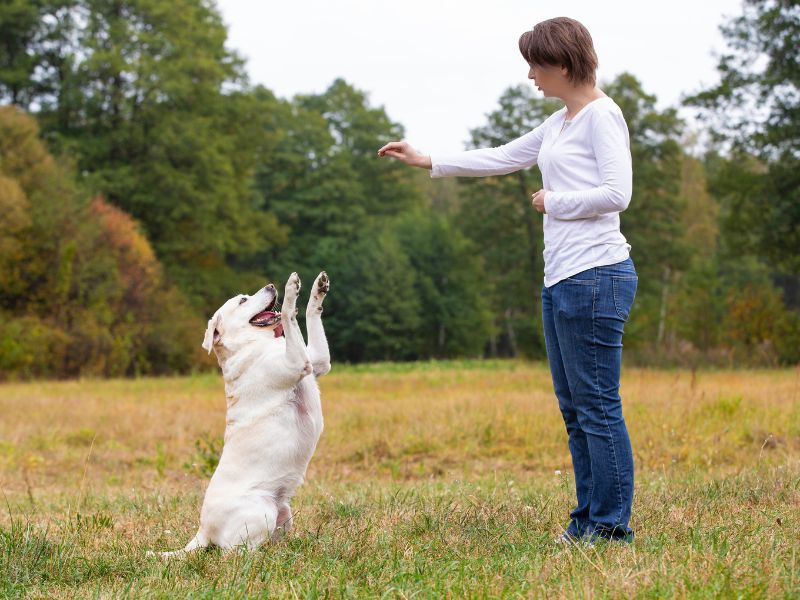
Step 6: Interacting with Others Encourage your dog to display their polite behavior around different people. Have friends, family members, or even strangers offer your dog treats using the same method you’ve been practicing. This will help your dog generalize their good manners to anyone who may want to give them a treat. Keep up the training in different social settings to ensure consistent behavior.

How much time does it take to train a dog to accept treats gently? The process of teaching a dog to take treats politely is an essential aspect of bonding with your four-legged companion. It requires consistent practice, patience, and positive reinforcement to achieve success. Initially, dogs may not grasp the idea of gentle treat-taking, as they naturally explore their environment with their teeth. By rewarding the desired behavior, you can train them effectively. Start by offering a treat with a verbal cue like “gentle,” and praise them when they take it without being pushy or biting. If they are rough, avoid scolding and calmly try again. To expedite their understanding, vary the speed and angle of treat presentation during training, maintaining the same verbal cue for consistency. Using highly scented treats can enhance focus and help them control their bite strength. Incorporating clicker training can also increase the efficiency of your sessions by reinforcing gentle behavior with a click followed by a treat. As you progress, reduce treat sizes to encourage your dog to be more careful when taking them. This teaches them to gauge the reward’s size and act accordingly. With continued practice, patience, and adjustments to your training approach, your dog will soon master the art of taking treats gently.
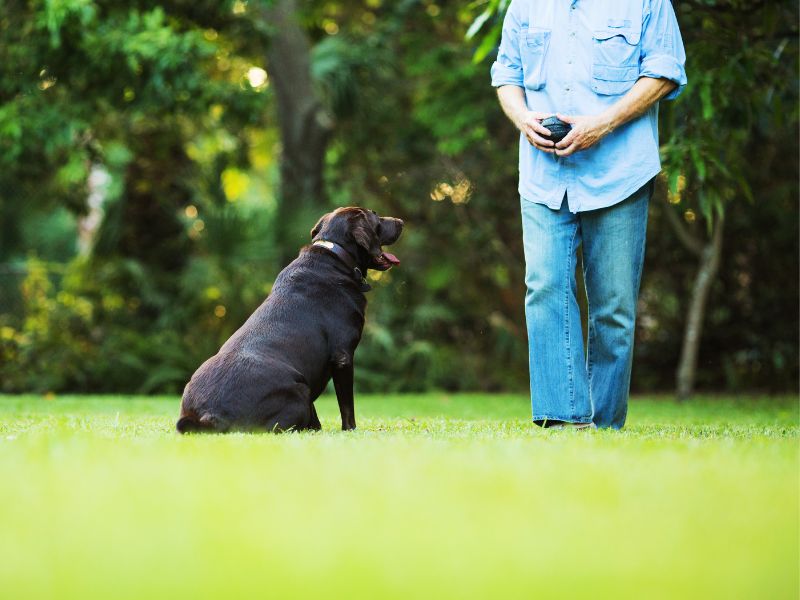
Teaching a dog to take treats gently can sometimes lead to mishaps, such as the dog accidentally hurting your hand or biting your fingers. This can happen if the dog is too excited or lacks bite inhibition. To avoid this, it’s important to maintain a calm and reassuring tone while teaching your dog. Furthermore, offering the treat in an open palm instead of between your fingers can help reduce the risk of getting nipped. Remember, patience and consistency are the keys to successfully training your dog to take treats gently.
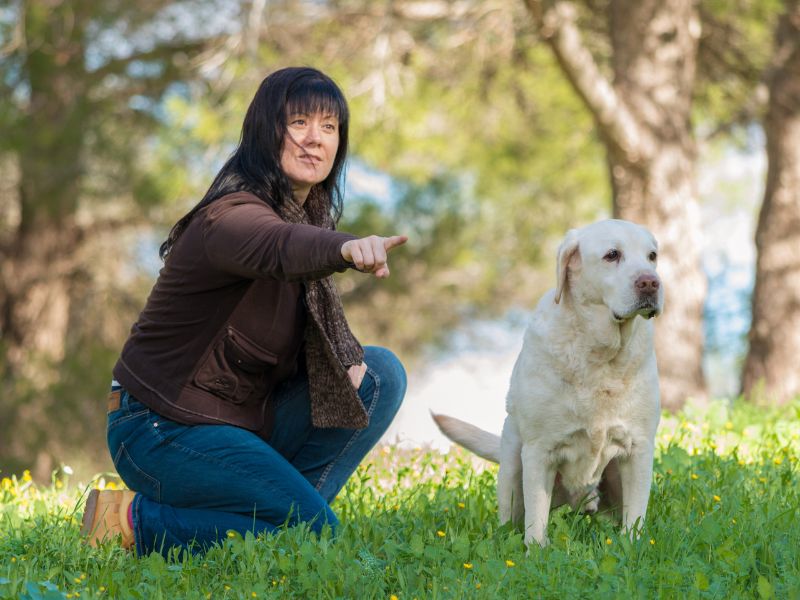
When teaching your dog to take treats gently, it’s important to be aware of the risk of them accidentally biting your fingers. This is usually not due to aggression, but rather a misjudgment of where the treat is. To prevent this, try methods like clicker training or using a verbal cue like “gentle.” Offering the treat on an open palm can also help in avoiding finger bites. Stay patient and consistent in your training efforts, as it may take time for your dog to grasp these new behaviors. By maintaining a friendly approach and being mindful of how treats are given, you can collaborate with your dog to ensure both your hands and their mouth are safe during the training process.


